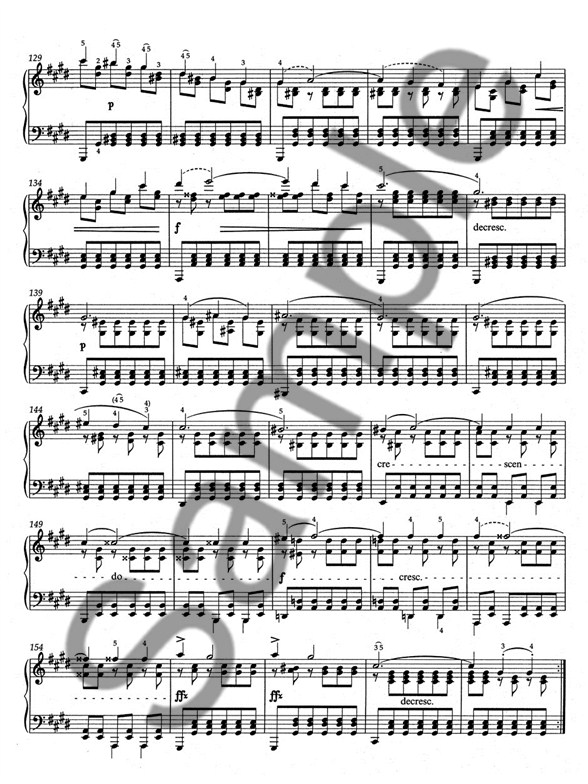



Sonata-like, as well, is the resolution of the accumulated dramatic tension in the major-mode ending of the “recapitulation”.Ī more simply contrasted pair of emotions is explored in the Impromptu No. The middle section offers contrast more in texture than in thematic content as it works through the two related themes in the manner of a formal sonata development. After its assertive potential is explored, a more songful variant arrives to captivate the ear in the major mode, ending with a melodic turn figure that spawns its own lyrical discussion. 1 in C minor is the longest of the set, its expansive range of moods and textures being more typical fortissimo octave yielding to the pianissimo of the lonely little tune that follows, strangely forlorn and introspective despite its march-like rhythm. The eight impromptus that Schubert composed in late 1827 are classic examples of the genre, and indeed are the first pieces bearing the name impromptu to establish themselves permanently in the repertoire. The typical construction was a simple three-part form (A-B-A), with a middle section that contrasts in mood or emotional intensity with the outer sections. Cultivated by composers of the Romantic era, these pieces present a simple musical idea in an intimate lyrical style with the aim of evoking a particular mood or moment of personal reflection, spontaneously experienced and communicated. The impromptu is just one of a number of small-scale instrumental genres arising in the early 19th century, known under the collective title of “character pieces”.


 0 kommentar(er)
0 kommentar(er)
